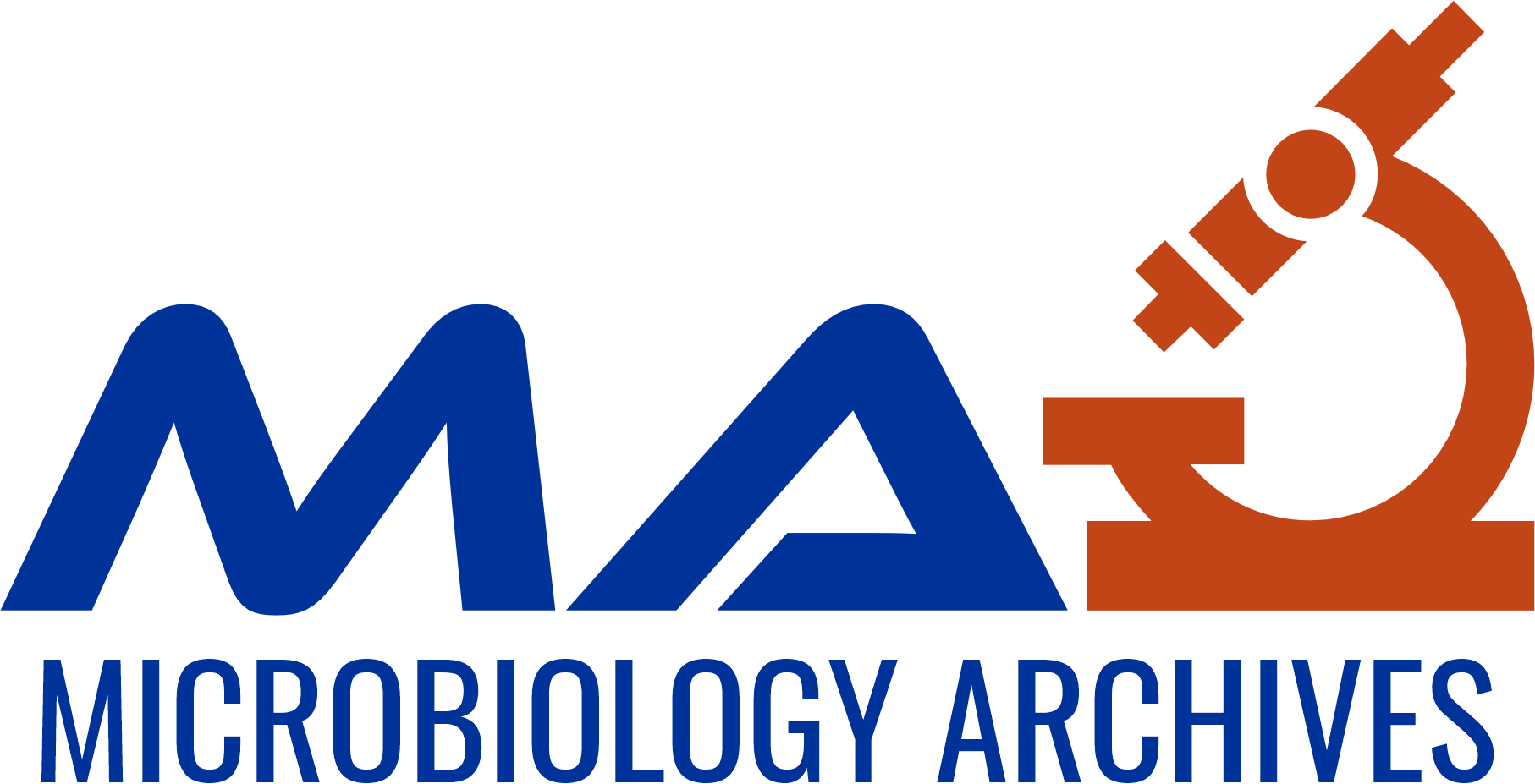Fungal infections of the skin are prevalent and often difficult to treat due to limited drug penetration, poor retention at the infection site, and increasing antifungal resistance. Topical drug delivery offers a localized treatment strategy, but conventional formulations frequently fail to breach the stratum corneum effectively. Transferosomes, ultra-deformable vesicular carriers composed of phospholipids and edge activators, have emerged as a novel nanotechnology-based approach for topical antifungal therapy. Their high elasticity allows deeper skin penetration and enhanced drug delivery, improving therapeutic outcomes while minimizing systemic side effects. This review highlights recent advancements in transferosome-based delivery systems for antifungal agents such as clotrimazole, terbinafine, and ketoconazole. It discusses the structural features of transferosomes, mechanisms of transdermal transport, and the advantages they offer over traditional systems, current limitations—including formulation stability, manufacturing scalability, and regulatory challenges—are critically examined. Finally, we explore future directions such as stimuli-responsive systems, hybrid vesicles, and clinical translation prospects. Transferosomes hold considerable promise as next-generation carriers in cutaneous mycosis treatment, potentially redefining the landscape of dermal drug delivery.
